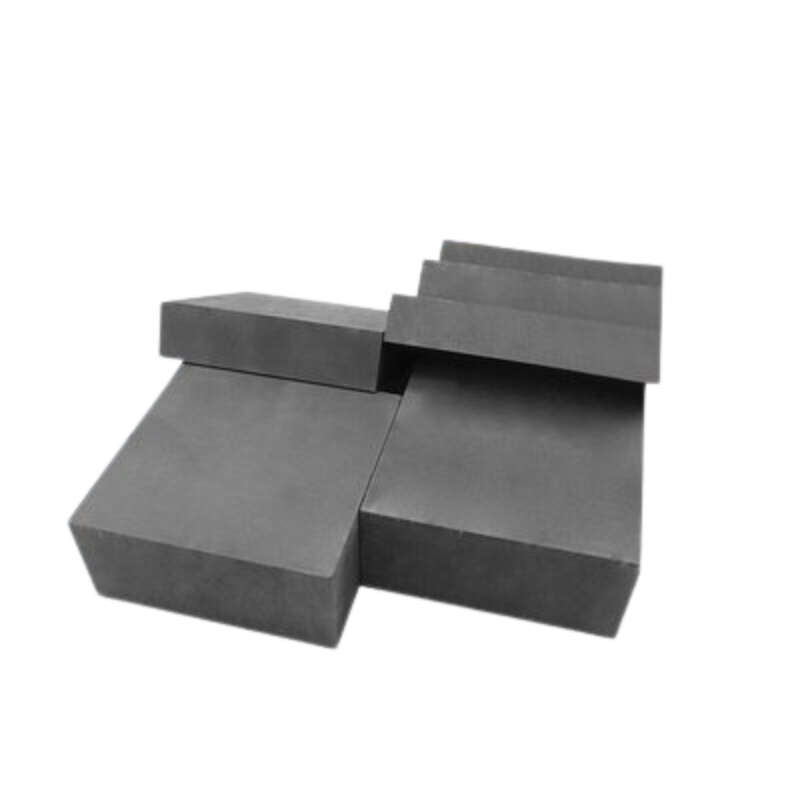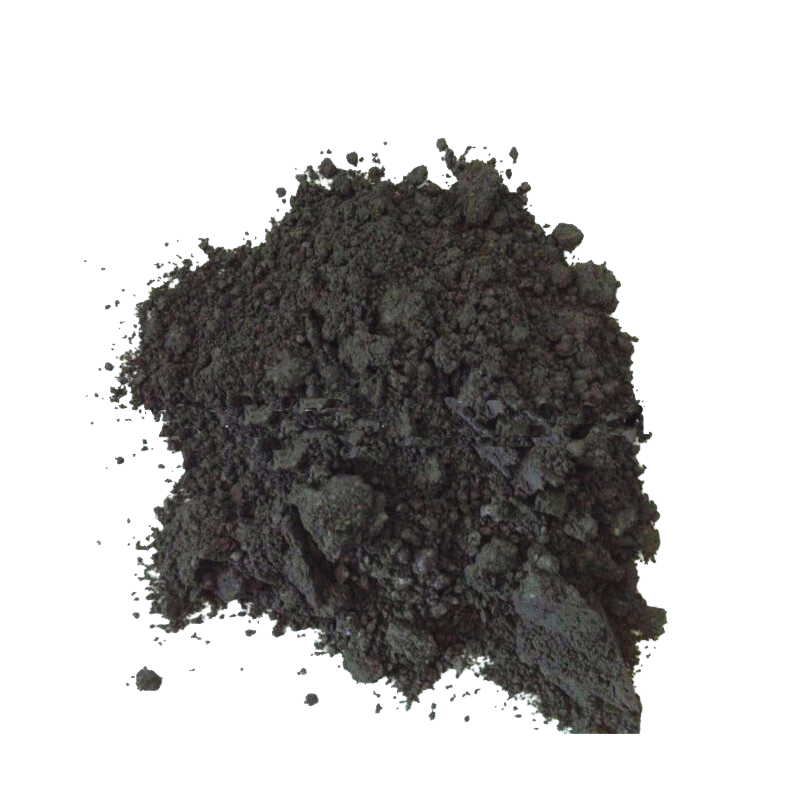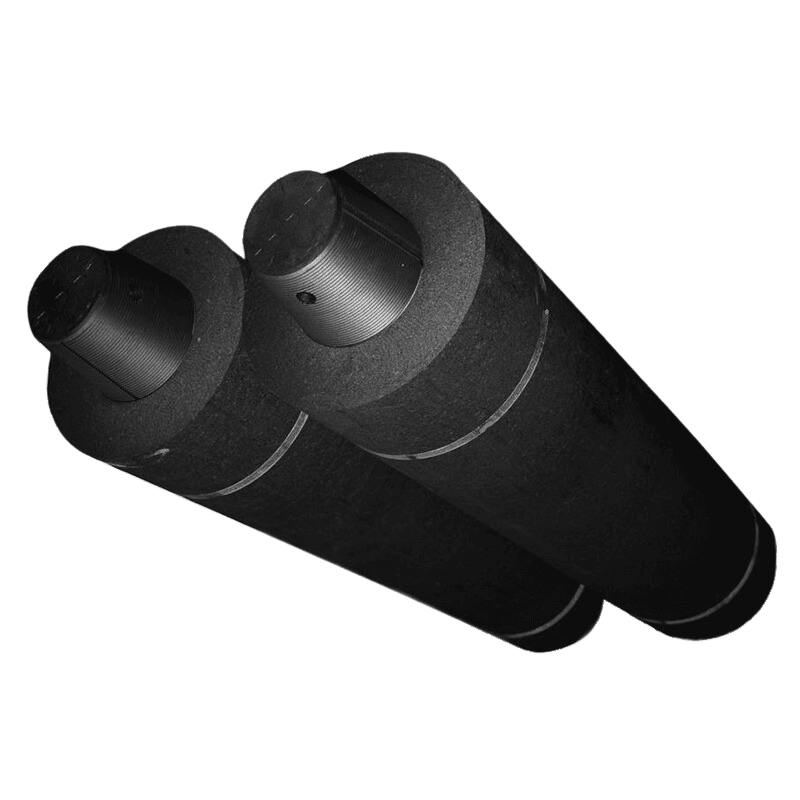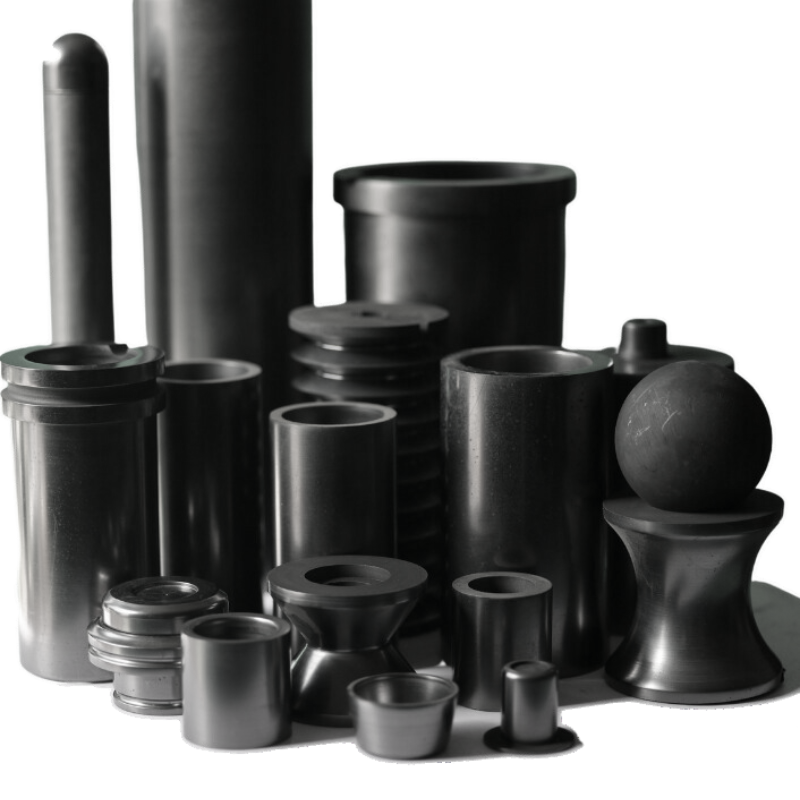The reasons for the poor heat dissipation effect of graphite heat exchangers may include:
1.Leakage at Pipe Connections:
Poor sealing or leaks at the connections of the heat exchanger pipes lead to the leakage of the heat medium, thereby reducing the heat transfer efficiency of the heat exchanger.
2.Increased Brittleness of Graphite Material:
Graphite material tends to become brittle at high temperatures, leading to cracks or breakage, thereby reducing the structural stability and heat transfer efficiency of the heat exchanger.
3.Uneven Thickness of Graphite Plates:
Non-uniform thickness of graphite plates results in unstable heat transfer effects, with some areas exhibiting poor heat dissipation performance, thereby affecting the overall heat dissipation efficiency of the heat exchanger.
4.Structural Design Defects:
Poor structural design of the heat exchanger, such as improper pipe layout or dead corners inside the heat exchanger, can result in poor flow of the heat medium, affecting heat dissipation efficiency.
5.Accumulation of Ash or Impurities:
Accumulation of dust, dirt, or other impurities inside the heat exchanger can block the pipes or heat exchange surfaces, impeding the flow of the heat medium and heat transfer, thereby reducing heat dissipation efficiency.
6.Low Flow Velocity of Heat Medium:
Low flow velocity of the heat medium inside the heat exchanger results in insufficient heat transfer rate, affecting heat dissipation efficiency.
7.Inadequate Thermal Conductivity of Graphite Material:
The low thermal conductivity of graphite material may not effectively transfer heat to the external environment, thereby affecting heat dissipation efficiency.
To address these issues, improvements in design optimization, enhanced quality control of materials, strengthening of sealing at pipe connections, regular cleaning and maintenance, among other measures, are necessary to enhance the heat dissipation effect of graphite heat exchangers.





